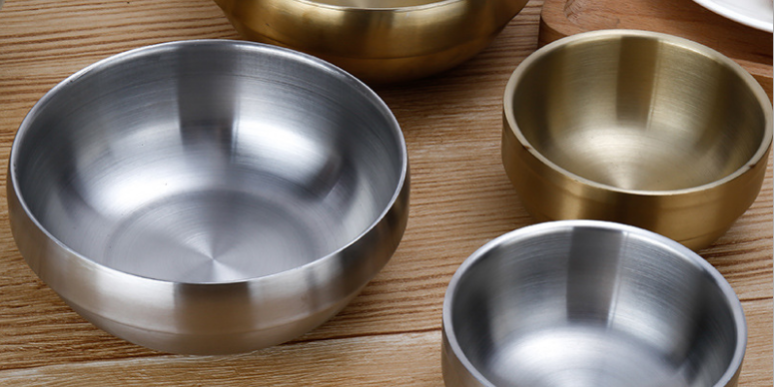Stainless steel bowls have earned their reputation as indispensable kitchen companions due to their exceptional durability, hygiene, and versatility. These resilient vessels have become a staple in households, culinary establishments, and industries where reliability and food safety are paramount.
Unyielding Durability: Stainless steel is renowned for its durability and resistance to corrosion, rust, and staining. This inherent toughness makes stainless steel bowls suitable for daily use in busy kitchens, outdoor events, and even challenging environments such as camping trips. Unlike other materials, stainless steel bowls maintain their structural integrity over time, resisting dents and scratches.
Hygiene at the Forefront: The non-porous surface of stainless steel bowls is a critical factor in maintaining impeccable hygiene standards. This characteristic makes stainless steel inherently resistant to bacterial growth and the absorption of odors and flavors. The smooth, easy-to-clean surface ensures that the bowls can be thoroughly sanitized, making them a preferred choice in environments where food safety is of utmost importance.
Versatile Applications: Stainless steel bowls are prized not only for their durability and hygiene but also for their versatility. They can seamlessly transition from mixing and marinating ingredients to serving dishes at the dining table. Additionally, stainless steel bowls are safe for use with both hot and cold foods, offering a reliable solution for a wide range of culinary needs.
Temperature Control: Stainless steel’s excellent thermal conductivity allows it to quickly reach and maintain the desired temperature. This attribute is particularly advantageous when working with ingredients that require precise temperature control, such as melted chocolate or proofing dough. Stainless steel bowls can also be used for double boiling, helping chefs achieve consistent results.
Sustainability and Longevity: The longevity of stainless steel bowls contributes to sustainability by reducing the need for frequent replacements. These bowls can withstand years of use without compromising their performance or appearance. Additionally, stainless steel is a recyclable material, aligning with eco-conscious values and contributing to the circular economy.
Conclusion: Stainless steel bowls epitomize the fusion of durability, hygiene, and versatility in culinary tools. Their unwavering strength, easy maintenance, and ability to meet diverse culinary demands make them an essential asset in kitchens of all scales. Whether used for food preparation, serving, or storage, stainless steel bowls offer a reliable and timeless solution that elevates the culinary experience while adhering to the highest standards of hygiene.
















